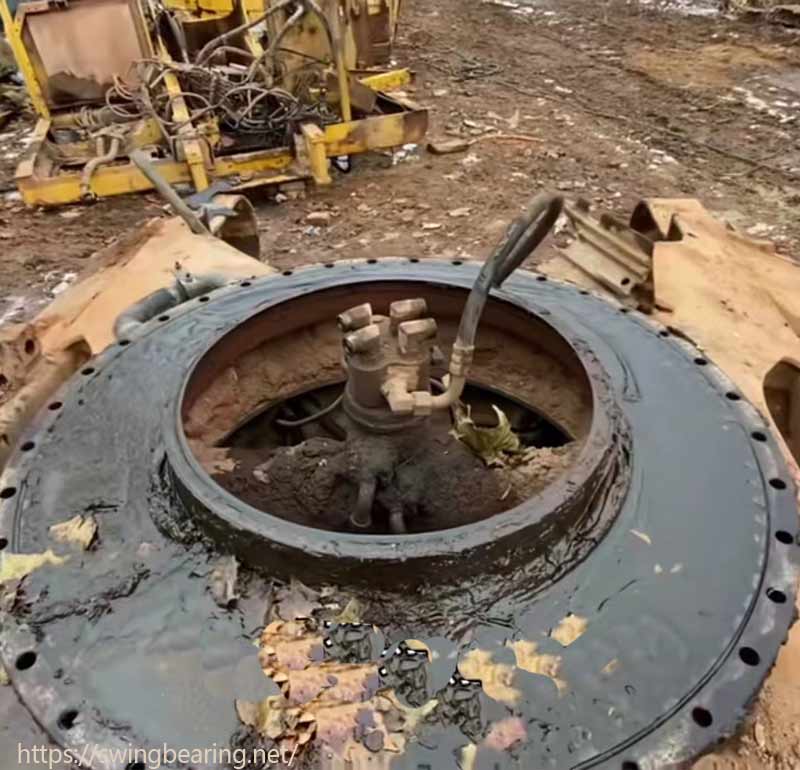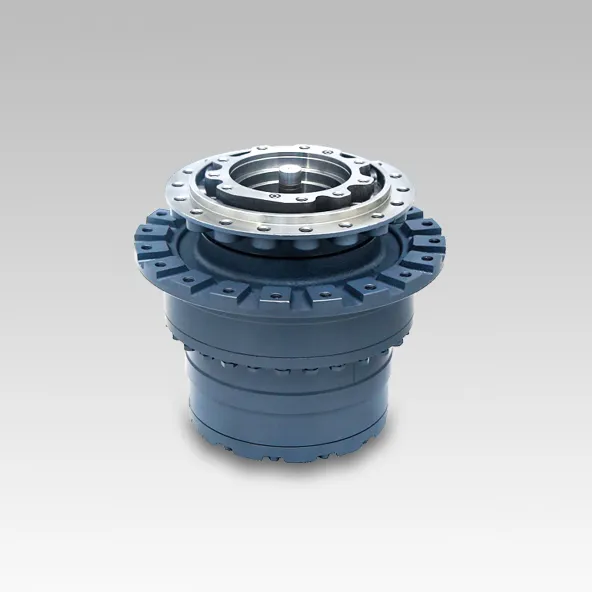
Maintaining an excavator is crucial for ensuring its longevity and efficient operation. Regular maintenance not only prevents unexpected breakdowns but also extends the machine’s life, keeping it in peak condition. Here are essential maintenance skills every operator and technician should master:
The first step in diagnosing any issue with an excavator is to ask the operator about the machine’s basic situation. This involves gathering detailed information about the machine’s recent performance, any abnormal behaviors, and the context in which the fault occurred. Did the problem arise suddenly, or has it developed gradually over time? Understanding whether the fault appeared out of nowhere or if it’s been slowly manifesting can provide significant clues about its cause.
Sudden faults often result from issues like dirty hydraulic oil, broken springs, or improperly closing valves. These problems can cause immediate and noticeable disruptions in the machine’s operation. In contrast, gradual faults are usually linked to more insidious issues, such as the severe wear of components, or the aging of rubber seals and pipes, which slowly degrade over time.
For instance, if an excavator operates normally at first but slows down, becomes noisy, and experiences a rise in oil temperature after some time (with the oil temperature gauge reading over 75°C), there could be a leak in the pump or valve. Other potential causes include insufficient oil levels, prolonged high-load operations in hot environments, excessive dirt on the oil cooler radiator, or a slipping fan belt. A specific example of a gradual fault is when the pilot pressure starts out normal but drops shortly after, often due to the rubber oil inlet pipe of the pilot pump folding because of heat, obstructing oil flow.
By asking the right questions and understanding the history of the machine’s operation, you can narrow down the possible causes of a fault and begin the troubleshooting process with a solid foundation of knowledge.
The next step is to conduct a thorough visual inspection of the hydraulic system. This involves checking several critical aspects of the machine’s condition. Start by verifying that the oil level in the hydraulic oil tank meets the required specifications. Look for any signs of bubbles or discoloration in the oil, as these can indicate issues like air contamination or oil degradation. Bubbles in the hydraulic oil are particularly problematic as they often lead to noise, vibration, and erratic machine movements, all of which can disrupt normal operations.
Pay close attention to any signs of oil leakage, especially around seals and pipe joints. Also, monitor the readings on the pressure and oil temperature gauges during operation to detect any abnormal fluctuations. These readings can provide valuable insight into the health of the hydraulic system and help identify the root cause of any issues. Inspect the fault area for physical damage, loose connections, or signs of wear and tear, such as fraying wires or cracked hoses.
If you discover a hydraulic oil leak, first eliminate simple causes like uneven or insufficient torque on the fastening bolts. Before replacing potentially damaged oil seals, check if the hydraulic system’s pressure exceeds its limits. When installing a new oil seal, ensure that the model and quality are appropriate, and that it is fitted correctly to avoid further issues.
A meticulous visual inspection can often reveal the underlying issues affecting an excavator’s performance, allowing for targeted repairs and maintenance.

Listening to the sounds made by the hydraulic system is a powerful diagnostic tool. The noise produced by a properly functioning machine has a certain rhythm and melody, remaining consistent during operation. Any deviations from this pattern can indicate a problem. Familiarizing yourself with these normal sounds and recognizing changes can help you diagnose issues accurately.
For example, a high-pitched, shrill whistling sound usually means that air has been sucked into the system. This is a serious issue as air in the hydraulic system can cause cavitation, leading to damage in components like pumps and motors. A “chirping” or “clucking” noise from the hydraulic pump often indicates that the pump shaft or bearings are damaged, which can severely impact the pump’s efficiency and lifespan. If you hear a “chi chi” sound from the reversing valve, it’s likely due to insufficient valve stem opening, which can restrict the flow of hydraulic fluid and reduce system performance. A rough “clicking” noise might be the sound of an overload valve engaging, which could signal that the system is experiencing excessive pressure or a blockage.
In cases of cavitation, the issue could be due to a blocked oil filter, loose hydraulic pump suction pipe, or low oil levels in the tank. These conditions need to be addressed promptly to prevent further damage to the hydraulic components.
By carefully listening to the machine during operation, you can detect early signs of trouble and take preventive action before a minor issue becomes a major repair.

The sense of touch is another valuable tool in maintaining an excavator. By feeling the pipelines, components, and other parts of the hydraulic system, you can detect issues like vibration, impact, and abnormal temperature rises. For example, touching the pump housing or other hydraulic components can help you gauge whether the temperature is within normal operating limits.
An overheated pump housing often indicates serious internal leakage within the pump, or that air has been sucked into the system, both of which can drastically reduce the efficiency of the pump and lead to further damage if not addressed. If you detect abnormal vibration, it could be due to poorly balanced rotating parts, loose fastening screws, or gas trapped within the hydraulic system. These issues can lead to increased wear and tear on the machine, reducing its operational lifespan.
By using touch to identify these abnormalities, you can pinpoint the exact location and cause of the problem, enabling you to address it before it escalates into a more serious issue.
Finally, performing operational tests on the hydraulic system can help determine the exact location and cause of a fault. There are two main types of tests: comprehensive and exchange tests.
In a comprehensive test, you evaluate the hydraulic system based on its designed functions. By systematically testing each function, you can determine whether the fault is localized or affects the entire system. For example, if the entire machine fails to move or lacks power, start by checking the pilot control pressure, ensuring the clutch (coupling) isn’t slipping, verifying that the engine is providing sufficient power, confirming that the hydraulic oil level is adequate, and inspecting the hydraulic pump inlet for leaks.
If the fault is specific, such as the boom automatically descending, the issue is likely within the oil circuit of the reversing valve, overload valve, or hydraulic cylinder, and is not related to the hydraulic pump or main safety valve.
When a specific circuit or function fails, an exchange test can help pinpoint the fault. This involves swapping components between circuits to see if the problem follows the component. For instance, if an excavator has two independent working circuits and one fails, you can connect the other pump to the faulty circuit by exchanging the high-pressure oil pipe. If the fault persists on the same side, the problem is not with the pump.
This methodical approach allows for a precise diagnosis, ensuring that repairs are targeted and effective.
Maintaining an excavator requires a combination of observation, experience, and methodical testing. By mastering the skills of asking the right questions, conducting thorough visual inspections, listening for abnormal sounds, feeling for unusual vibrations and temperature changes, and performing targeted operational tests, you can diagnose and fix issues before they lead to costly downtime. Regular maintenance, combined with these diagnostic techniques, will keep your excavator running smoothly and extend its operational lifespan, ensuring maximum productivity on the job site.